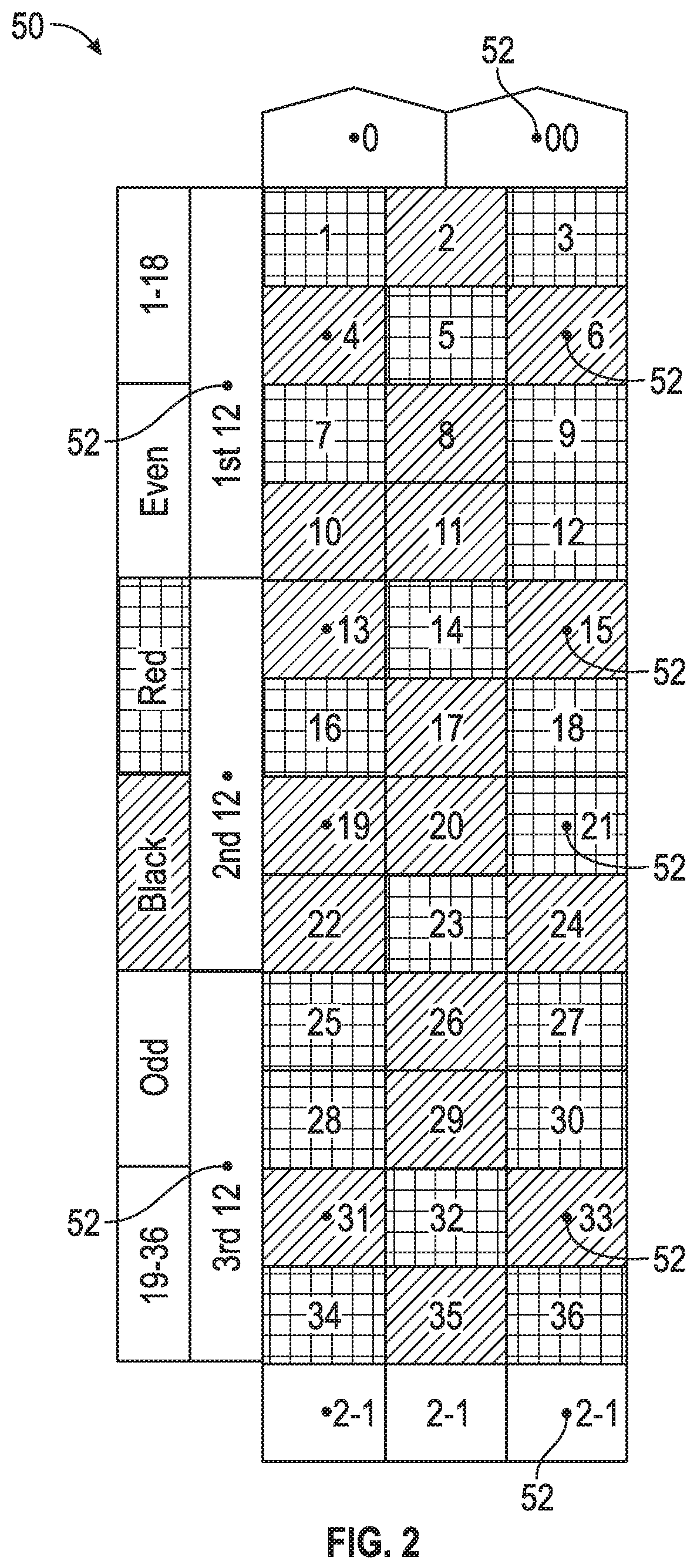RFID device with dual frequency interrogation for enhanced security and method of preventing counterfeiting of RFID devices
a dual-frequency interrogation, enhanced security technology, applied in the field of radiofrequency identification devices (rfid), can solve the problems of more difficult copying of rf reply signals of mems and asic devices, and achieve the effect of increasing the overall cost of adopting chip validation, accurate determination of chip locations, and greater accuracy
- Summary
- Abstract
- Description
- Claims
- Application Information
AI Technical Summary
Benefits of technology
Problems solved by technology
Method used
Image
Examples
Embodiment Construction
[0044]In a preferred embodiment of the invention, it includes a RFID device with enhanced security features to prevent counterfeiting. The RFID device has a dual RFID structure including a high frequency RFID transponder and a complementing low-frequency authenticator. The low-frequency authenticator has an RF transponder function that utilizes a different low frequency RF transmission protocol, such as one produced from a MEMs device or an ASIC device in combination with RFID architecture.
[0045]Referring to FIG. 1, the RFID device 10 of the invention is illustrated in a preferred embodiment. In one application, the device 10 may be incorporated within an object such as a gambling chip C. The gaming chip has an outer shell or cover which protects the transponder 12 and authenticator 30. The device 10 may also be referred to herein as a secure dual frequency RFID tag, or “secure RFID tag”. The secure RFID tag has two primary components, namely, a high frequency RFID transponder 12 th...
PUM
 Login to View More
Login to View More Abstract
Description
Claims
Application Information
 Login to View More
Login to View More - R&D
- Intellectual Property
- Life Sciences
- Materials
- Tech Scout
- Unparalleled Data Quality
- Higher Quality Content
- 60% Fewer Hallucinations
Browse by: Latest US Patents, China's latest patents, Technical Efficacy Thesaurus, Application Domain, Technology Topic, Popular Technical Reports.
© 2025 PatSnap. All rights reserved.Legal|Privacy policy|Modern Slavery Act Transparency Statement|Sitemap|About US| Contact US: help@patsnap.com



